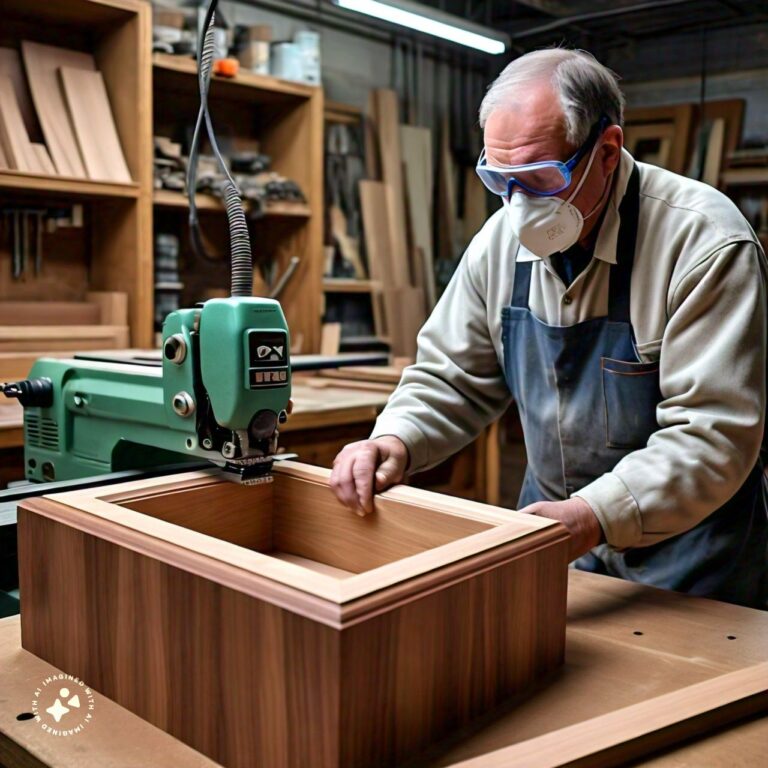
To be durable and aesthetically pleasing, furniture panels must have their rough edges finished. These exposed edges may be brittle, ugly, and prone to breakage. Furniture makers employ a technique known as edge banding to solve these problems. The edge banding process entails covering and sealing the exposed panel edges with a thin strip of material. ABS edge banding is a common choice for this process. Acrylonitrile Butadiene Styrene, or ABS, has several advantages that make it the perfect material for furniture edge finishing.
Let us delve into the vital benefits by ABS edge banding for finishing furniture edges.
Durability
Edge banding made of ABS is very strong. Heavy-duty furniture can benefit greatly from its ability to resist normal wear and tear. ABS resists chipping and cracking better than certain other materials. In this way, the furniture is guaranteed to seem tidy and professional for an extended period. By protecting the furniture’s core material, the robustness of this banding process greatly increases the furniture’s longevity.
Aesthetic appeal
Improving the look of furniture is one of the key goals of edge banding. Because ABS edge banding is available in a variety of hues and textures, it may be easily used with different kinds of furniture panels. It may give furniture made of wood, laminate, or any other material a smooth, uniform appearance. Because of its adaptability, designers and manufacturers love it.
Safety
Furniture panels with unfinished edges provide a risk of damage due to their sharp and hazardous nature. By reducing the possibility of cuts or scrapes, the process produces a safe and smooth edge. This is crucial, particularly for furniture in houses with kids. The process makes living spaces safer by mitigating the sharp edges.
Environmental friendliness
ABS is an environmentally favorable option for edge banding because it is a recyclable material. Utilizing ABS encourages sustainability and waste reduction. By using this process, furniture producers are actively reducing their environmental effects. This is becoming more and more significant in the modern world when customers are more conscious of and worried about environmental concerns.
Ease of application
The process is relatively simple to apply. It fits over furniture panel edges and is simple to cut, shape, and apply. Time is saved and labor expenses are decreased by this application’s simplicity. It does not pull off over time because of its strong adhesive backing. Large production facilities as well as small-scale furniture producers consider it a sensible option due to its simplicity of usage.
Read more: Corner Sofas: A Stylish Solution for Open Floor Plans
To conclude
Edge banding is an essential phase in the furniture-making process. Manufacturers may guarantee the beauty and durability of their goods by investing in high-quality edge banding materials like ABS.